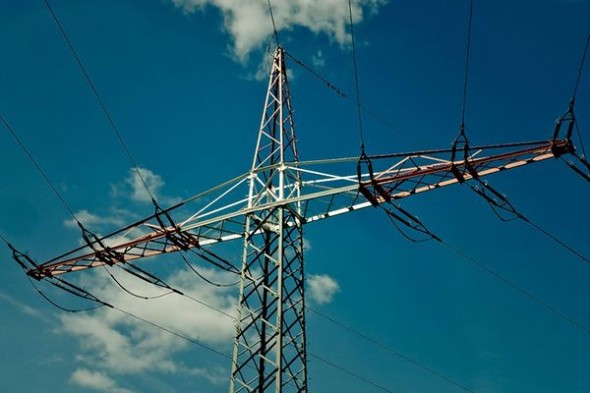CUB on Advisory Committee to Explore Regional Resource Adequacy Program
Posted on April 17, 2020 by Mike Goetz
Tags, Energy

CUB has been involved in the conversation around regional resource adequacy for quite some time. Understanding how our advocacy has evolved over the years requires an overview of what “resource adequacy” means. Generally speaking, resource adequacy is a regulatory construct developed to ensure that there will be sufficient resources available to serve electricity demand under all conditions. As part of our core regulatory advocacy, CUB routinely helps ensure that utilities are meeting resource adequacy metrics to serve customers in the least cost, least risk manner through their Integrated Resource Planning processes. While resource adequacy has largely been pursued on an individual utility level in the past, the paradigm in the Pacific Northwest is beginning to change.
If you are an avid reader of the CUB blog, you may be thinking that this topic does not sound new, and you’d be right. Regional resource adequacy was the topic of the panel I moderated at the 2019 CUB Policy Conference, entitled Capacity Realities: Avoiding a Regional Resource Shortfall. It was also the topic of a symposium put on by the Northwest Power Pool (NWPP) last October.
Ensuring that the utilities in our region have sufficient capacity to meet the peak needs of the electric system is a complex exercise. The tremendous hydroelectric capacity resource in our region has largely met our resource adequacy needs over the years. However, several compounding variables - including the closure of baseload coal plants and the influx of variable renewable energy due to climate policies - have shifted our load and resource balance, and the region is now facing a future capacity shortfall. An in-depth study authored by Energy + Environmental Economics (E3) details this future shortfall and predicts that the Pacific Northwest will undergo significant changes to its electric generation mix over the next 30 years.
To address regional resource adequacy, many parts of the country have organized markets in which participating utilities pool their resources, which are then dispatched through independent system operators (ISOs) or regional transmission organizations (RTOs). These central operators control the parameters of utility participation in these markets, and can ensure that there is sufficient capacity to meet the peak needs of the region’s electricity system. This is known as a resource adequacy program.
In the Pacific Northwest, we do not have a central ISO or RTO. Our utilities have historically operated as vertically integrated fiefdoms, each balancing their own island. However, the NWPP and a broad pool of stakeholders and utilities are considering implementing a resource adequacy program in the Pacific Northwest. By pooling the various utilities’ resources rather than having them operate independently, we can potentially unlock great benefits stemming from our region’s geographic diversity, and avoid building out new resources, which would save customers millions of dollars.
The NWPP has taken the lead in organizing the discussion around what a regional resource adequacy program would look like. The program’s Steering Committee is largely made up of representatives from utilities that would ultimately participate in a resource adequacy program. Additionally, NWPP reached out to a broad array of stakeholders from across the Northwest and greater region to help inform the discussion. CUB was approached to serve on this Stakeholder Advisory Committee, and I am grateful to be filling the seat to provide one of a few voices representing residential customer interests. Other members of the Stakeholder Advisory Committee include representatives from ally organizations like the NW Energy Coalition and Renewable Northwest, as well as various regulators, environmental groups, and other NGOs from across the West.
To date, there have been two Stakeholder Advisory Committee meetings, and the input thus far has focused on program design principles and issues that the Steering Committee should consider in assembling a first-of-its-kind resource adequacy program.
For those looking to stay up to date on the conversation, the NWPP is assembling bimonthly video updates.
For my part, I look forward to playing a role, on behalf of CUB and the consumers we represent, in helping to craft a regional resource adequacy program that acknowledges the system capacity benefits of customer-friendly resources like demand response and renewables. The potential to unlock tremendous savings for customers and lower the region’s carbon intensity lies in the parameters by which this resource adequacy program is created. Stay tuned for further updates.
To keep up with CUB, like us on Facebook and follow us on Twitter!




04/17/20 | 1 Comment | CUB on Advisory Committee to Explore Regional Resource Adequacy Program